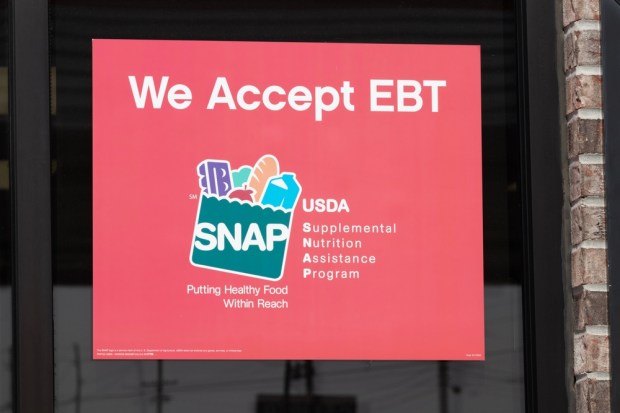Loss of SNAP and Grocery Inflation Push Consumers Off ‘Hunger Cliff’

High inflation and reduced government aid have led to a spike in food bank demand.
A report Sunday (May 7) by Bloomberg News illustrates this trend with the example of the Red Cross’ food pantry in Boston, which in April saw the highest monthly traffic in its 41-year history.
It’s happening at food banks nationwide as food-stamp recipients cope with the expiration of a pandemic-era extension of SNAP benefits and high grocery prices.
“It’s a hunger cliff — inflation and ending these emergency allotments,” David Andre, who directs the Boston food bank, told Bloomberg. “People are really crashing.”
The report, citing Census data, notes that significantly more Americans are going hungry now than they were at the height of COVID aid: close to 2.4.6 million Americans didn’t have enough to eat early last month, compared to 16.7 million in April 2021.
Meanwhile, food prices have continued to soar, with companies like Nestlé and Unilever hiking prices in recent months.
Increases to the Supplemental Nutrition Assistance Program (SNAP) approved by Congress during the pandemic came to an end for beneficiaries in most states at the end of March. As PYMNTS has noted, this change cuts roughly $90 out of the average SNAP user’s budget.
Following news of the cuts PYMNTS projected that the impact could be pronounced for discount retailers and big box merchants such as Walmart, as food stamps have made up 10% of dollar store revenues and 20% of supermarket sales in lower-income areas.
At Walmart’s 2023 Investment Community Meeting last month, CFO and Executive Vice President John David Rainey acknowledged the SNAP cuts had made an impact on the retail giant’s bottom line.
Rainey called the cuts a “net negative” for Walmart but added that it was “important to note that a lot of that is recaptured through under other tender types. Offsetting that somewhat is you’ve got an increase in Social Security benefits with cost-of-living adjustment, which is a benefit to us … I think net through the quarter is actually down year over year.”
And as PYMNTS wrote in March, the cuts have come at an unfortunate time, following recent strides in closing the digital grocery gap affecting lower-income consumers regarding groceries.
And that work seems to be bearing fruit, as PYMNTS’ February “Changes in Grocery Shopping Habits and Perception” found that 10.4% of paycheck-to-paycheck consumers with issues paying their bills buy their groceries exclusively online.

